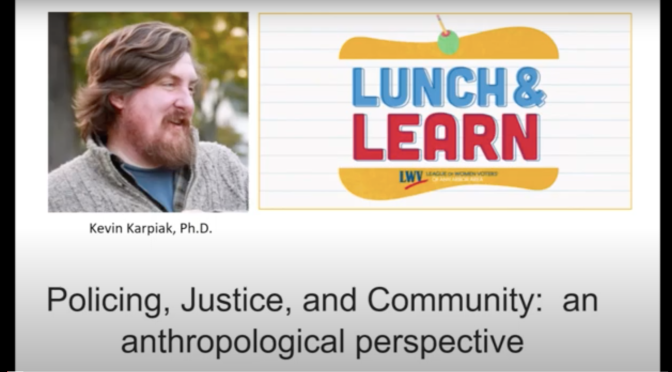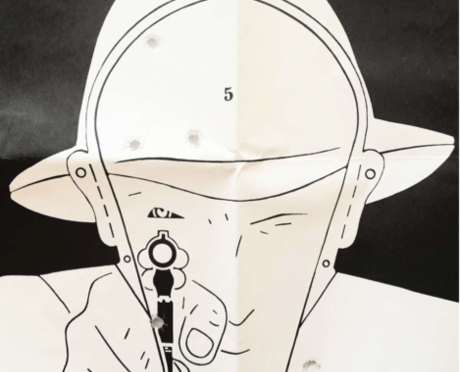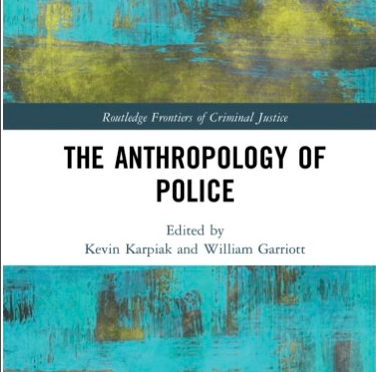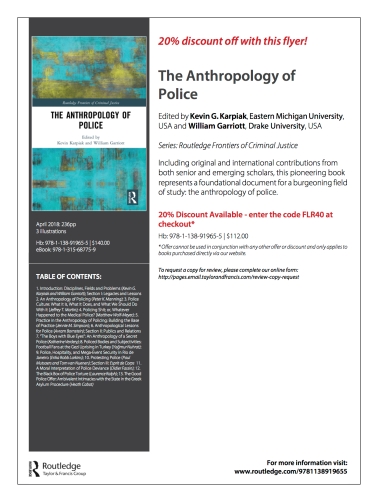Hello, my name is Dr. Kevin Karpiak. I am a Professor of Criminology at Eastern Michigan University, Director of the SMART research project, and a resident of Ann Arbor. I am calling today to voice my objection to Agenda Item CA-24, “Resolution to Approve the Collective Bargaining Agreement between the City of Ann Arbor and Ann Arbor Police Professional Assistants” who are represented by the Police Officers Association of Michigan and whose resources fall within the administrative control of Ann Arbor PD. I object not necessarily to the content of the agreement but because of the process whereby it has come before council, which bypassed ICPOC, the Independent Community Policing Oversight Commission.
ICPOC was created, in part, to be a forum in which members of the community could discuss issues of public safety in order to provide recommendations that can ensure better-informed Council decisions. However, if ICPOC is not systematically included in that process, its potential to achieve its purpose is undermined. It is my understanding of ICPOC’s founding charter that any item City Council votes on, or City Administration plans to make a decision on, that pertains, generally, to public safety, or, specifically, to Ann Arbor PD and its resources, should go before ICPOC. It is my understanding that this was not the case for CA-24, nor for any number of other recent items, such as, on this agenda, CA-23 and CA-10, both of which also directly bear on the allocation of police resources.
If City Council is voting on it, if it pertains to public safety and the allocations of resources therein, ICPOC should be allowed to offer a chance to host a public discussion of it and provide recommendations to Council on it.
On a separate but related issue, I am looking forward to the report on unarmed public safety being prepared by the City Administration. As a member of the Coalition for Re-envisioning our Safety, a diverse coalition of community members who care deeply about transformative justice and building care-based safety in our community, I have witnessed directly the value of a community-led engagement on these issues. This has resulted concretely in our recent proposal for how such a plan might work. To date, over 500 people have endorsed our plan. I am greatly encouraged by the enthusiasm displayed by our community to explore an unarmed non-police service that can connect people to the resources they need, when they need them, without exposing them to additional risks. For that reason, I do hope that ICPOC has been given a substantive role in shaping the City’s recommendations—as the initial resolution says it should– and that it will be brought before ICPOC as part of a public meeting prior to any conclusions about the feasibility of such a program being offered or decisions about how to proceed with a potential program are made.






